Seven decades ago, the first employees of the National Reactor Testing Station (NRTS) looked out at a vast and mostly empty desert.
One can imagine that they were hopeful, determined to succeed and, perhaps, a little overwhelmed. So it is for anyone at the beginning of a long journey whose outcome is uncertain.
But this crew of laborers, scientists, planners, office workers and administrators – and the eastern Idahoans who supported their efforts – could not have foreseen what was to come.
They had no way of knowing the research and development foundation they built over several decades would support so many important nuclear energy breakthroughs.
They could not know that their fellow citizens would come to rely upon this installation in the eastern Idaho desert to resolve the nation’s pressing clean energy and national security challenges.
Next month, the city of Idaho Falls Fourth of July Parade will celebrate the nation’s 243rd birthday. It also will honor the 70-year journey from NRTS to Idaho National Laboratory.
But this anniversary is more than just a number. It’s an opportunity for those living in this place at this time to gain a greater understanding about how INL was formed, the work conducted today, and how it will evolve: the laboratory’s past, present and future.
Past: Building the foundation
On Feb. 18, 1949, the Atomic Energy Commission picked a Naval Proving Ground in eastern Idaho as the NRTS site. Looking back, it’s remarkable how quickly these NRTS pioneers settled in and started making history.
On Dec. 20, 1951, Experimental Breeder Reactor 1 produced enough electricity to power four light bulbs. EBR-1 achieved full power operations the next day.
That was a critical moment. Atomic power became real in the eyes of the world and the Idaho desert site would be forever linked to its beginnings.
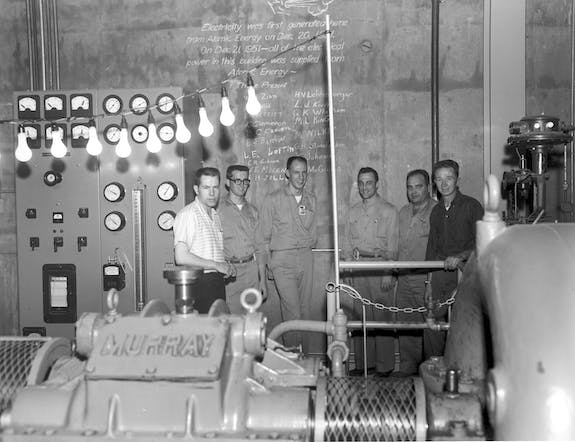
From that achievement emerged decades of scientific breakthroughs and a commercial nuclear energy industry that today generates 20 percent of America’s electricity and 56.1 percent of our carbon-free electricity – more than solar, wind, hydro and geothermal combined.
And yet, the R&D foundation established by those first NRTS employees did much more than enable the commercial nuclear energy industry. It also helped develop a key aspect of U.S. national security to this day: the Nuclear Navy.
Guided by soon-to-be Rear Adm. Hyman Rickover, work began in 1950 on what would become the Site’s third reactor: the Submarine Thermal Reactor.
“The nation that first develops nuclear engines will rule the oceans of the world,” Rickover said. “Our enemies are working on such engines. We must be first.”
America was first – thanks to Rickover’s vision and energy, and the opening of the Submarine Thermal Reactor at NRTS in 1953.
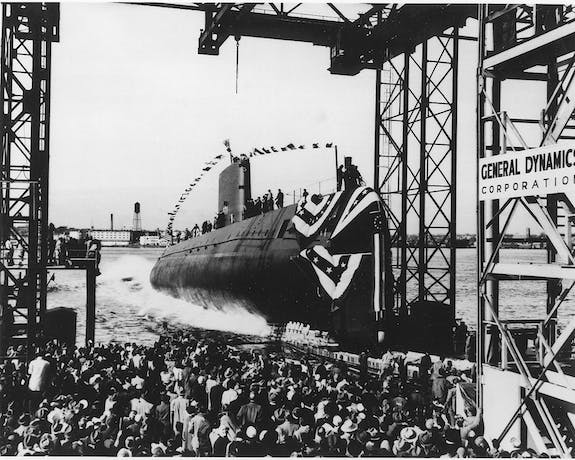
Fourteen years later, in 1967, the government built the Advanced Test Reactor at the Site, based on a radical and innovative cloverleaf design developed by a research physicist named Deslonde deBoisblanc as he traveled a lonely stretch of U.S. Highway 20.
Experiments at ATR allowed for the evolution of the U.S. nuclear Navy. Its submarines went from needing to be refueled every couple years – an expensive and time-consuming process – to being able to go for many years without refueling.
In all, NRTS built and operated 52 original test reactors. Every nuclear reactor in operation around the world – all 451 of them – can trace some aspect of their existence back to R&D conducted in the eastern Idaho desert.
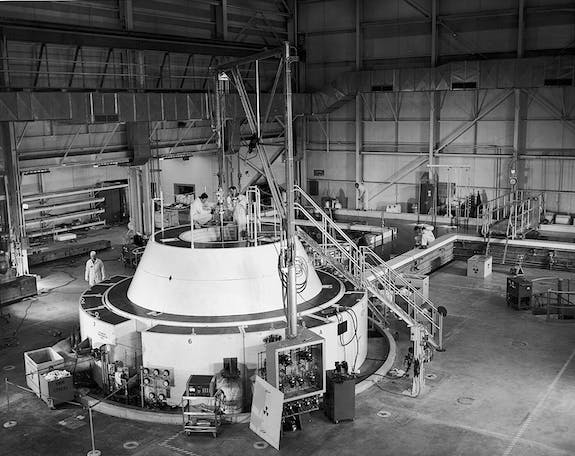
The Site evolved in 1974, after NRTS was granted national laboratory status.
Another major transition occurred three decades later when Congress designated the Idaho Site the nation’s lead nuclear energy research and development laboratory, and Idaho National Laboratory was born.
Present: Expanding the mission
At today’s INL, the National and Homeland Security directorate is growing quickly. At facilities in Idaho Falls and on the laboratory’s 890-square-mile Site, experts work with industry and government to protect the nation’s critical infrastructure from man-made and natural threats.
At the National Security Test Range, federal agencies and industry work with lab experts to prototype new armors resistant to ballistics and explosives to protect soldiers or substations. At INL’s Wireless Research Center, researchers study and test advanced wireless technology.
The lab’s open space, paired with communications infrastructure and ability to test all frequencies of spectrum, allows it to function like a small city with a series of telecommunications and internet service providers. These full-scale tests illustrate impacts of wireless failures in industrial processes, access vulnerabilities, and develop solutions.
Last year, INL became the single biggest recipient of funding from the U.S. Department of Homeland Security in support of its critical infrastructure mission.
At today’s INL, scientists build the radioisotope power systems that enable NASA missions to Mars, Pluto and beyond. The laboratory is also a world leader in electric vehicle battery research and is working to establish technologies that utilize nuclear process heat to decarbonize manufacturing and industrial processes.
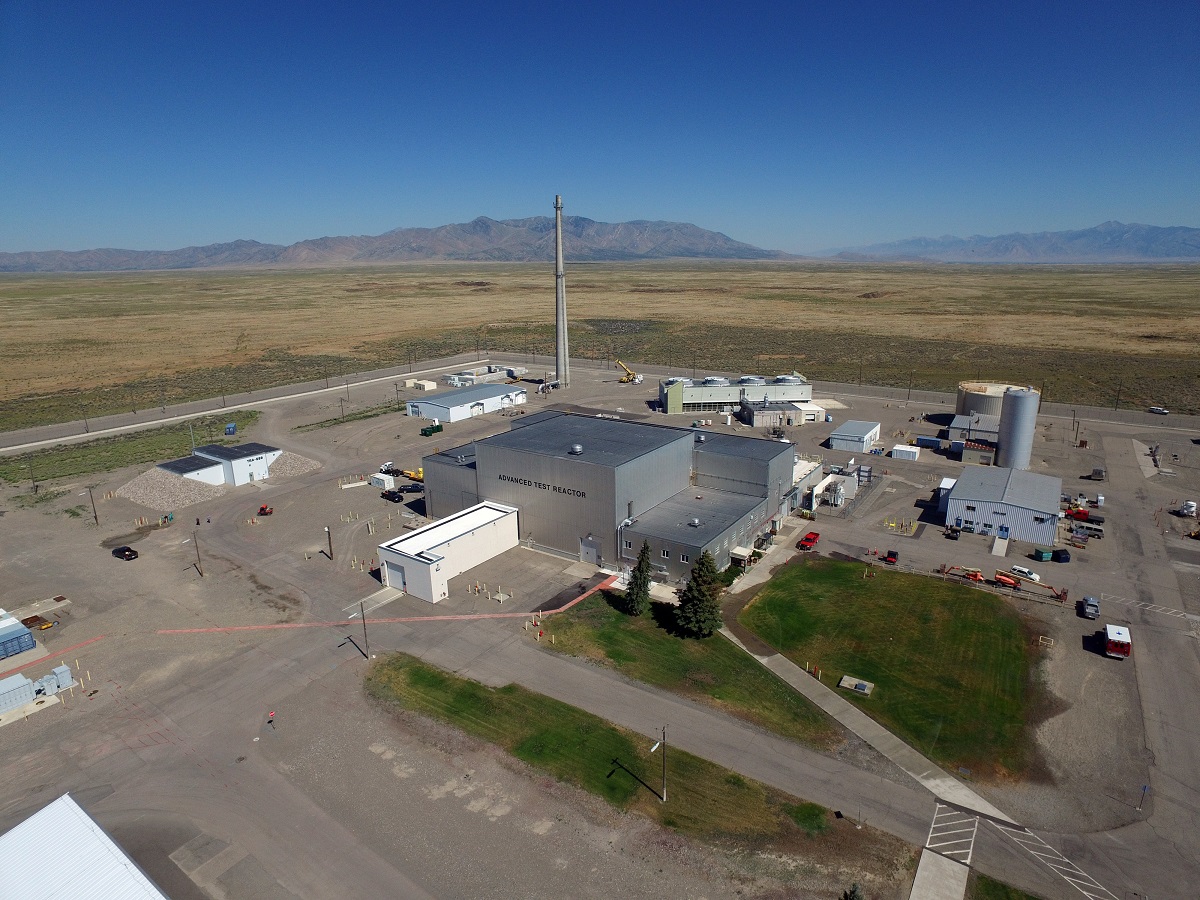
And, of course, at today’s INL, scientists, researchers and support staff work to extend the lives of the U.S. nuclear reactor fleet while helping industry develop and deploy the next generation of reactors.
At the Center for Advanced Energy Studies (CAES), INL researchers work with Idaho’s three universities and the University of Wyoming to deliver regional solutions to energy challenges while training Idahoans for the technology jobs of the future.
Two new state-owned buildings being constructed on the newly named MK Simpson Boulevard will allow INL and Idaho’s universities to bolster cybersecurity and supercomputing capabilities and instruction.
INL of today has major impacts on all Idahoans and the public schools that more than 302,000 Idaho children attend.
INL is a leading proponent of science, technology, engineering and mathematics (STEM) education in Idaho, helping equip classrooms and train educators.
INL works directly with Idaho’s institutions of higher education, including the new College of Eastern Idaho, to devise curriculum that aligns with industry needs and gives students the best possible chance at careers that allow them to make a good living and raise a family here at home.
And INL today is a major driver of Idaho’s economy. Site contractor Battelle Energy Alliance is Idaho’s sixth-largest private employer with a workforce just north of 4,550. The laboratory spent $148 million with Idaho’s small businesses last year and generated more than $2 billion in total economic output.
Future: A return to the NRTS roots
The Utah Associated Municipal Power Systems (UAMPS) is a consortium that provides electricity to more than 40 cities in six Western states. One of those members is Idaho Falls Power.
UAMPS is working through the Nuclear Regulatory Commission (NRC) process to build and operate the world’s first small modular nuclear reactor on the INL Site by 2027.
NuScale Power, an Oregon-based company, designed a reactor consisting of 12 60-megawatt modules. An agreement is in place that would designate one module for INL research and another to power the Site.
INL researchers have worked with NuScale for more than a decade, providing technical advice and assistance.
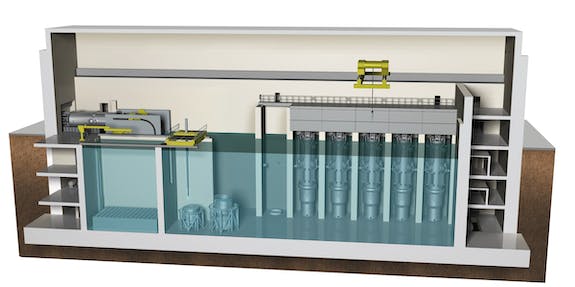
Small modular reactors are a potential game changer for the U.S. nuclear industry – smaller, safe, cheaper to build, easier to license, and a window into a lucrative export market.
INL researchers also are at the forefront of developing even smaller reactors. The laboratory hopes to demonstrate 2- to 20-megawatt microreactors within five years.
Think of the possibilities: powering remote communities and bases around the world hosting our Armed Forces staff, as well as the ability to react quickly to natural disasters such as the hurricane that devastated Puerto Rico’s electricity generation system.
INL recently restarted the Transient Reactor Test (TREAT) Facility, which had operated from 1959-1994. The restart of one of the world’s most capable and flexible reactors allows the U.S. to test nuclear fuel under accident conditions.
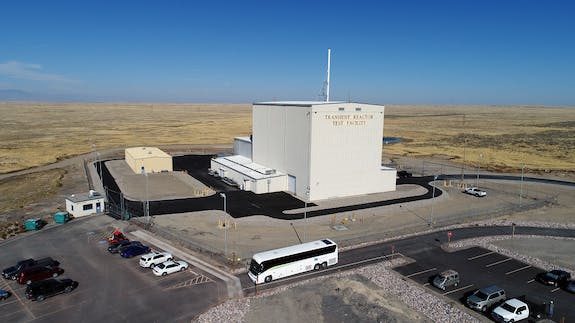
Congress overwhelmingly approved the Nuclear Energy Innovation Capabilities Act (NEICA). President Trump signed the bill into law on Sept. 28.
NEICA begins the process of developing a fast test reactor.
And it establishes the National Reactor Innovation Center (NRIC) to enable the testing and demonstration of reactor concepts that will be proposed and funded, either in full or in part, by the private sector.
As INL Director Mark Peters wrote in a column for Idaho’s newspapers: “The National Reactor Testing Station is our foundation. The National Reactor Innovation Center is our future.”
Nuclear energy innovation and preservation of the existing reactor fleet. Integrating renewables such as solar and wind onto the power grid and developing better electric vehicle batteries. Using clean nuclear heat to power industry and transportation. Helping the agricultural industry convert waste products into usable energy. An even greater emphasis on cybersecurity and critical infrastructure protection. INL of tomorrow will continue to have profound impacts across the nation’s energy and security sectors.
“We are proud of all that has been accomplished at INL over the last seven decades,” Peters said. “And we are determined to honor our predecessors by strengthening the foundation they built, and ensuring it is strong enough for future generations to resolve issues we cannot begin to contemplate.”





